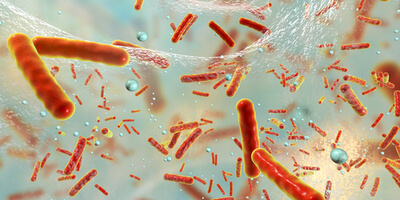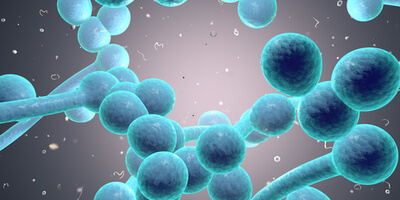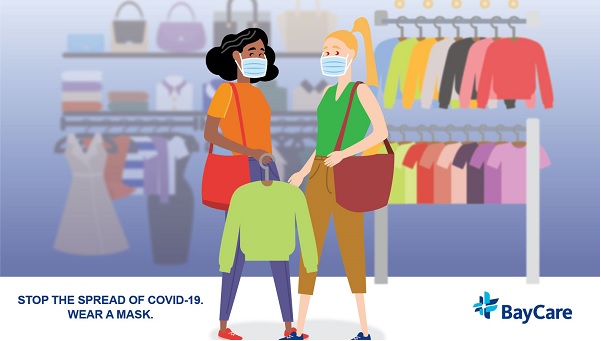What is a Virus?
How is a virus different from other germs?
Germs are germs, right? Well, no, not exactly. Infectious agents such as bacteria, viruses and fungi are quite different from each other, and sometimes we need different strategies for protecting ourselves against them.
What are bacteria?
Bacteria are living, single-cell organisms that can live on their own in water, soil… any place, really. They can grow and reproduce anywhere, whether inside our outside a host body. Some bacteria may make you sick if they get inside your body, but they can typically be killed by antibiotic medication and antibacterial soaps and sanitizers.
What are viruses?
Viruses, on the other hand, are something else entirely. They are very tiny—so tiny, in fact, that they can sometimes even infect bacteria! But viruses aren’t actually alive, and they can’t “live” and reproduce outside of a host body. Instead, they take over certain cells inside of a body and trick those cells into reproducing copies of the virus, causing an infection.
Because viruses aren’t living organisms, they can’t be killed with antibacterials or antibiotics. But viruses are far from indestructible. Some, like coronaviruses, have a fatty envelope surrounding them. Destroy this envelope (soap is super-effective at this), and you destroy the virus. Antiviral drugs may also be effective at blocking viruses from entering healthy cells.
What are fungi?
The fungus we often think of first is a common mushroom, but there are many types of fungi. The most common fungal infections are vaginal yeast infections and fungi, such as ringworm and athlete’s foot, that occur on the skin and nails. Because fungus spores are all around us (in the air, on surfaces, in the ground), it’s fairly easy to pick up an infection. Most may be cured relatively easily with medication.






